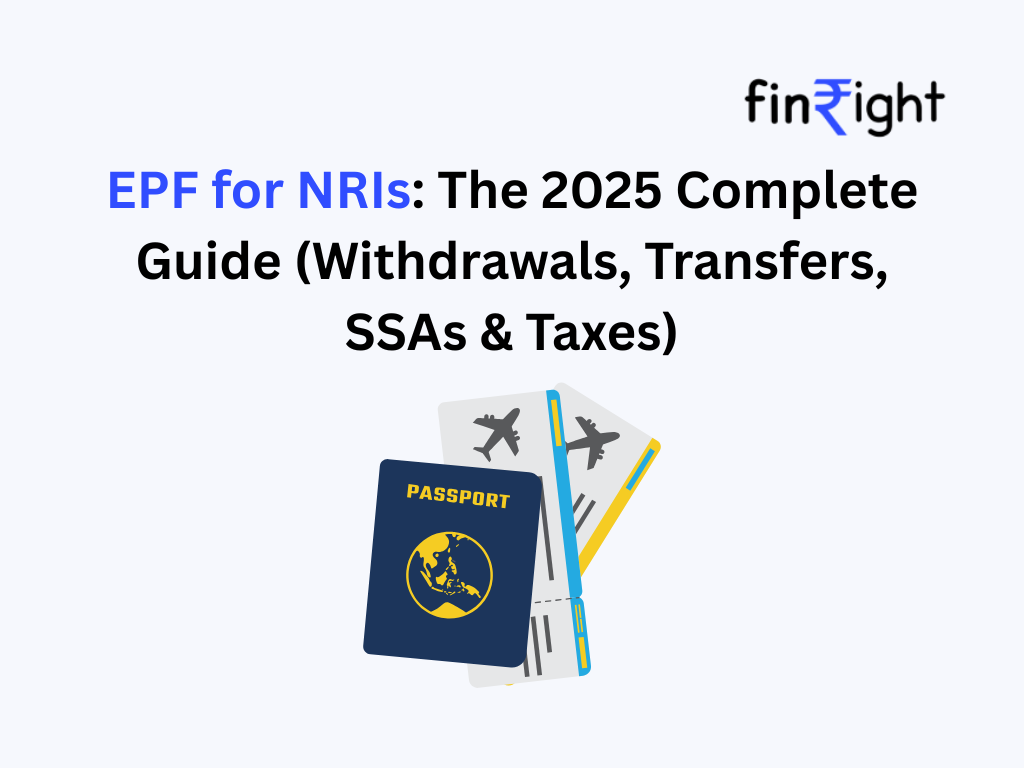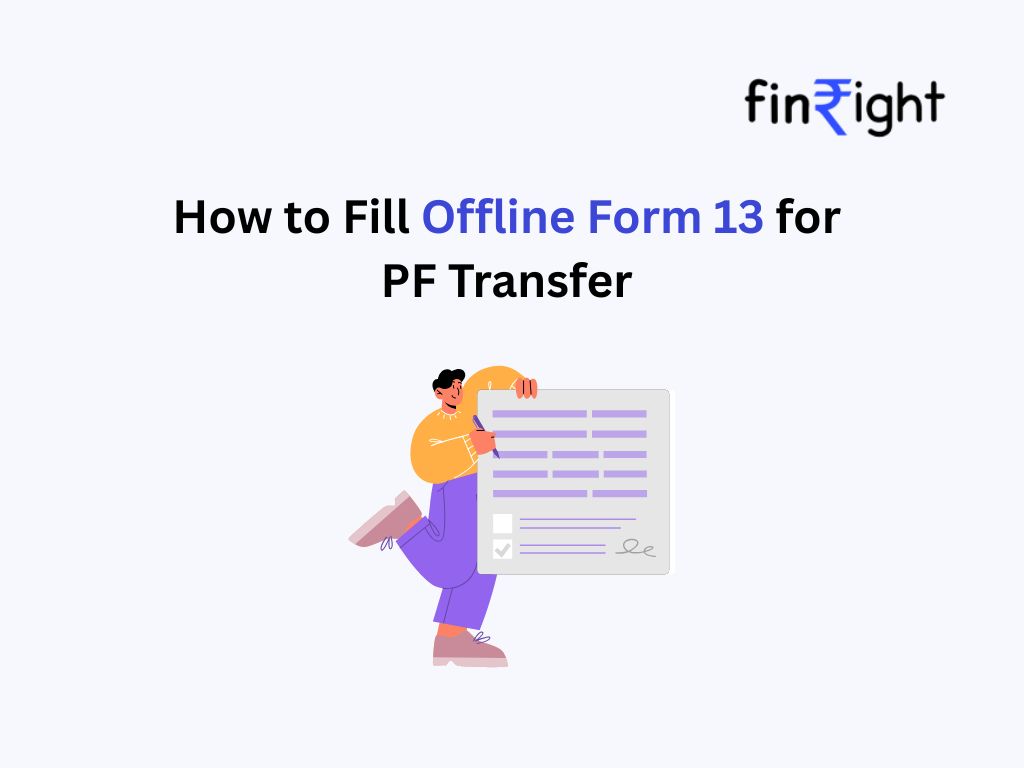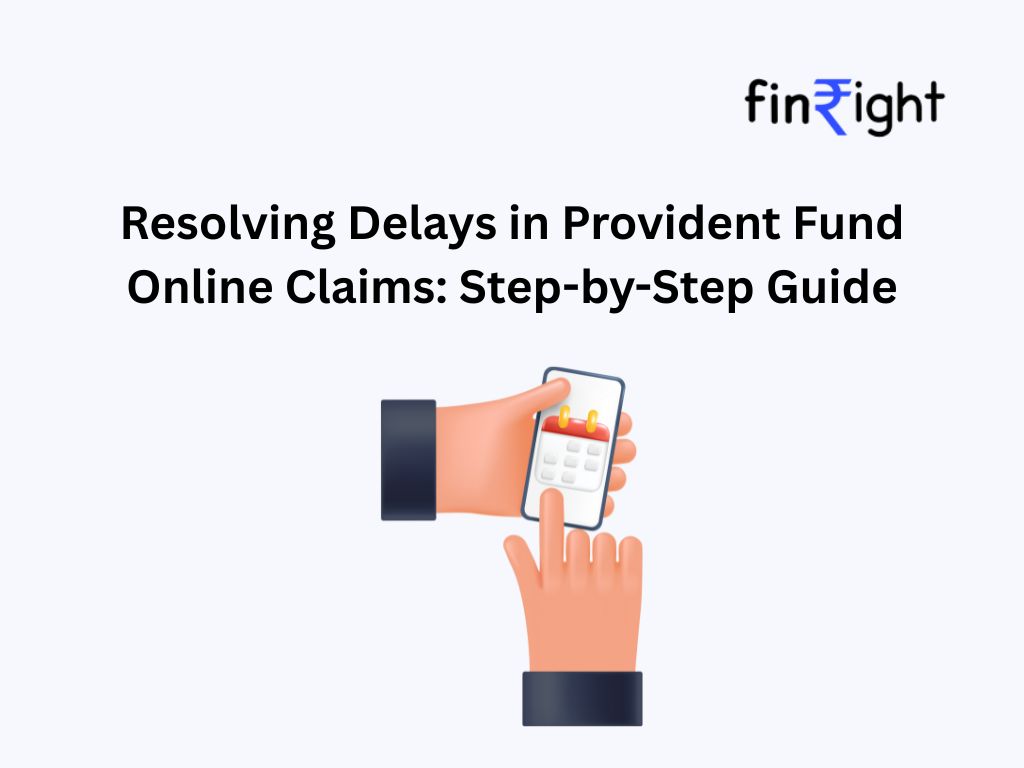A step‑by‑step, no‑jargon handbook for Indians living abroad to withdraw, transfer, or preserve EPF/EPS benefits—plus how Social Security Agreements (SSAs) and taxes apply.
1) Who is this guide for?
You’ll find this useful if you are:
- An Indian citizen who has moved abroad (NRI/OCI) and still has an EPF account from past employment in India.
- An Indian employee seconded/posted overseas by an Indian employer (may be classified as an International Worker for EPFO purposes when an SSA is involved).
- A nominee/legal heir of an EPF member who now resides outside India.
Key terms:
- NRI member: You’re living outside India and have an EPF/UAN from your time working in India.
- International Worker (IW): A legal EPFO category used when Indians work in countries with a Social Security Agreement (SSA) with India or when foreign nationals work in India. Knowing whether you’re treated as an IW matters for contributions, exceptions (like the Certificate of Coverage), and pension totalization.
2) Your choices, at a glance
A) Final settlement (withdraw EPF balance)
- Typical when you’ve left your Indian job and moved abroad for good.
- You can claim PF (Form 19) and, depending on your service, EPS (Form 10C or 10D for pension).
B) Keep the account + transfer later
- If you may return to India or will take another Indian job later, transfer your old PF into your new UAN in future.
C) SSA route for those on overseas posting
- If posted to an SSA country, you might be eligible for a Certificate of Coverage (CoC) so you don’t pay social security twice abroad, while continuing EPF at home (special rules apply).
3) Step‑by‑step: how NRIs withdraw EPF from outside India
Route 1 — 100% online (fastest) — Aadhaar‑based
Works when: your UAN is active, Aadhaar & PAN & bank account are KYC‑verified in UAN.
- Log in at Member e‑Seva (UAN) → Online Services → Claim (Form‑31, 19, 10C).
- Choose ‘Final PF Settlement (Form 19)’. If eligible, also choose ‘Pension Withdrawal Benefit (Form 10C)’ or apply for Pension (Form 10D).
- Enter Indian bank account (name printed on cheque/passbook) and submit.
- Track status in the portal (most claims clear in a few weeks if KYC is clean).
Pros: No employer attestation needed, fully digital.
Tip: If Aadhaar has your old Indian mobile, use UIDAI’s online update or ask someone in India to help with OTP at filing time (only where permissible).
Route 2 — Offline paper (Non‑Aadhaar Composite Claim)
Use when: Aadhaar not linked / KYC mismatch / employer exit date not marked.
- Download Composite Claim Form (Non‑Aadhaar).
- Get the form attested by your former employer. If that’s not feasible, get attestation from one of the permitted authorities (e.g., bank manager of your Indian account, gazetted officer, etc.).
- Attach: cancelled cheque (member’s name printed) or first page of passbook attested; PAN copy; passport/visa copies if asked; and any additional documents EPFO requests.
- Courier to your jurisdictional EPFO office (based on your last EPF office).
Good to know: Marking Date of Exit and Last Working Day correctly in UAN (by employer) avoids many rejections. If your ex‑employer is unresponsive, raise a grievance on EPFiGMS and request EPFO to update the DoE based on proofs (relieving letter, payslips, etc.).
4) Documents & readiness checklist
✅ UAN active (note login email/mobile).
✅ KYC: PAN + Indian bank account (IFSC); Aadhaar (for online route).
✅ Name/DoB in UAN match PAN and bank exactly.
✅ Employer marked exit (DoE): last working day + reason..
✅ For offline: attestation by employer / bank manager / other permitted authority.
✅ If claiming EPS pension: understand if you need Form 10D (monthly pension) vs 10C (withdrawal benefit / scheme certificate).
5) Taxes for NRIs on EPF withdrawal (high‑level)
- TDS triggers: If you withdraw before completing 5 years of service, EPFO deducts TDS (typically 10% with valid PAN; higher if PAN missing). EPFO applies similar TDS rules to International Workers too.
- No Form 15G/15H for NRIs: Those self‑declarations are only for residents. NRIs seeking lower/nil TDS must instead apply for a lower/nil TDS certificate (Form 13) from the tax department in advance and give it to the payer.
- DTAA & refunds: If tax was over‑deducted, claim a refund in your Indian ITR. DTAA relief, if applicable, is via return filing.
- Taxability: After 5 years of continuous service (including accepted transfers/mergers), PF withdrawal is typically tax‑exempt; however, EPS and interest nuances can apply. Always compute your resident status for the year of withdrawal and keep proofs.
Pro tip: Link PAN to your UAN and ensure the reason for leaving is correctly captured to prevent excessive TDS or claim rejections.
6) Bank account & payout: NRE vs NRO vs Resident
- EPFO credits only to an Indian bank account with IFSC in your UAN (name must match). In practice, members abroad successfully use NRO accounts; some banks block credits to NRE for compliance reasons. If in doubt, open/maintain an NRO savings account to receive EPF payouts.
(To conclude use only NRO/Savings, No NRE account for Epfo payout)
7) Transfers instead of withdrawal (if you’ll work in India again)
If you expect to return to an Indian job, you can transfer your old PF to your new UAN via the ‘One Member One EPF’ online transfer process once you join. Benefits: keeps your service continuous (important for tax‑free withdrawal, and EPS pension eligibility).
8) Special rules if you’re an International Worker (IW)
This applies when you’re posted to (or from) a country having an SSA with India.
Key benefits under SSAs:
- Detachment: On temporary posting, you may remain covered only by your home system and get exemption abroad by obtaining a Certificate of Coverage (CoC).
- Totalization: Combine service periods across India and the SSA country to meet pension eligibility (benefit is paid pro‑rata by each side for its own contribution period).
- Portability: Eligible pensions can be paid overseas without reduction.
- Equal treatment: You get treatment on par with host‑country nationals for covered benefits.
CoC — how to get it: Apply on EPFO’s International Workers portal (link from EPFO website). The request is verified by your employer and approved by the EPFO Regional Office; you can download the CoC once issued.
Contributions for IWs: If you’re treated as an IW without a valid CoC (or in a non‑SSA country), contributions are generally on full salary (no wage ceiling).
9) EPS (pension) & EDLI (insurance) touch‑ups
- EPS: If your eligible service ≥ 10 years, you generally apply Form 10D for monthly pension (payable abroad too, with bank/identity formalities). If < 10 years, you usually claim withdrawal benefit (Form 10C); under SSAs, totalized service may help you meet eligibility.
- EDLI: If the member dies while in service, EDLI can pay up to ₹7 lakh to nominees/legal heirs (separate claim process). Keep e‑nomination updated.
10) Common roadblocks (and fixes)
| Problem | Why it happens | What to do |
| Claim rejected: KYC mismatch | Name/DoB differs across UAN, PAN, bank | Update KYC in UAN → employer approves; or use Aadhaar e‑KYC to auto‑correct basics |
| ‘Date of Exit not updated’ | Employer didn’t mark exit | Ask ex‑employer to update; else raise EPFiGMS with proof (relieving letter, FNF) |
| Bank account rejected | Name not printed on cheque / IFSC mismatch | Upload a cheque with name printed or a passbook first page attested by bank |
| PAN not linked → high TDS | PAN missing or name mismatch | Fix PAN KYC first; if TDS still high, claim refund in ITR / seek Form 13 lower‑TDS |
| Aadhaar OTP on old Indian number | SIM inactive abroad | Use UIDAI update, India eSIM of same number, or choose the offline route |
11) Frequently asked questions (NRI edition)
1) Can I withdraw to an NRE account?
EPFO credits any Indian account with IFSC in your UAN. Practically, members use NRO. If your bank disallows NRE credits for compliance, open an NRO account for the claim.
2) Do I need to be in India to file online?
No. Online filing works from anywhere once KYC is in place.
3) I left India 6+ years ago. Is my EPF dormant?
Dormant/inoperative rules don’t forfeit your money. Interest generally continues (subject to current EPFO policy). You can still claim—just ensure KYC and exit are correct.
4) I’m an IW with a CoC. Do I still pay abroad?
The point of CoC is to avoid double contribution during the eligible detachment period. You’ll typically continue contributing in India on full salary.
5) Can NRIs submit Form 15G/15H to avoid TDS?
No—those are resident‑only. NRIs may seek a lower/nil TDS certificate (Form 13) or claim refund in ITR.
11) Mini‑glossary
- UAN: Universal Account Number (login for all EPF actions).
- EPF vs EPS: EPF = provident fund (your savings + employer’s PF part). EPS = pension scheme.
- CoC: Certificate of Coverage (proof you remain under Indian social security while posted to an SSA country).
- SSA: Social Security Agreement between India and another country (detachment, totalization, portability, equal treatment).
- EDLI: Insurance that pays a lump sum to nominees if a member dies while in service.
- EPFiGMS: EPFO grievance portal for service issues.
Disclaimer
This guide is informational and simplifies official provisions for NRIs. Always check the latest EPFO circulars/FAQs and Income‑tax/RBI rules (especially for TDS, FEMA, and repatriation). For complex cases, consult a qualified tax professional.
Need assistance for claiming your PF withdrawal or PF transfer visit us at Finright.in





